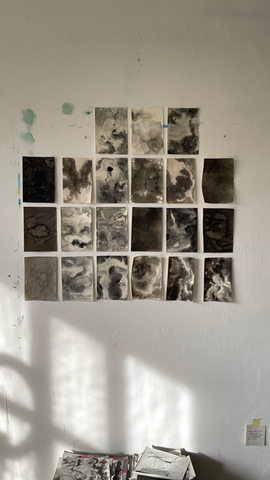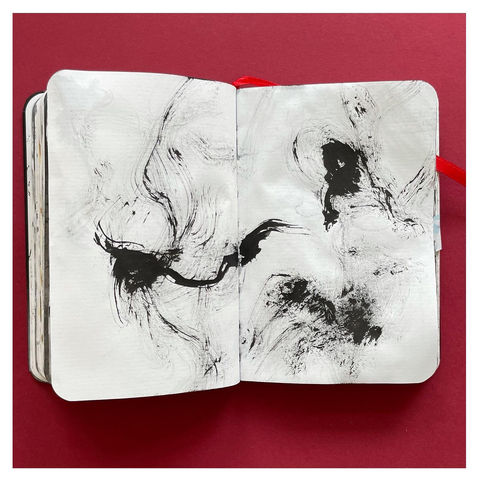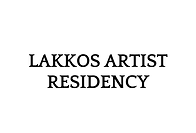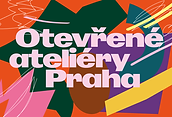
Elisabeth Bauer
I navigate the realms of life, expression, and emotion in my art, drawing inspiration from diverse cultures, histories, languages, spirituality, and philosophy. Rooted in introspection and societal exploration, my work is a celebration of the intricate layers that compose our shared existence.
Paintings
Exhibitions

Mezi slovem a tichem /
Between word and silence
1.-30.10. 2025, Praha
Městská knihovna - Jezerka
Installation of textile art in the public library.

Past Exhibitions
Střecha Radost
May 2024 - July 2025, Prague, CZ
Radost Advent Art Pop-up
Dec 15-16, 2023, Prague, CZ
LICHTUNG / SVĚTLINA
Sep 5 - Nov, 2023, Prague, CZ
The Holy Art - New York
Oct, 2023, New York, USA
Great Portland Street - Tube station
Sep 11 - 24, 2023, London, UK
Kostel Očišťování Panny Marie
May 20, 2023, Dub nad Moravou, CZ
The Holy Art Gallery
Feb 10 - Mar 9, 2023, Athens, Greece
Harmonie Barev
Oct - Nov, 2022, Prague, CZ
Art Number 23
July 1-7, 2022, Athens, Greece
CO NÁM NEDÁ DEN MÁ NOC II.
June 15-19, 2022, Gabriel Loci, Prague, CZ
UTXO 22
June 4 - 5, 2022, Gabriel Loci, Prague, CZ
CO NÁM NEDÁ DEN MÁ NOC
November 12-14, 2021, Gabriel Loci, Prague, CZ
Street Art

Two-tailed Mermaid Mural
Oct 2023, Heraklion, Greece
The mural is a composition of symbols and colors inspired by Cretan folk art throughout history to the last detail, especially textile art - embroidery, knitting and carpet designs. The more I found out about Cretan culture, the more I felt their strong sense of identity and individuality. Inspite of the fact that there were so many outside influences, the Cretans courage to fight for preserving it has remained strong. I am definitely coming back to this beautiful island to take more time to explore it and it's history. 💙
The double-headed eagle is a symbol from Byzantine times and the duality of the church - stretching East and West, as well as a symbol of freedom from Ottoman occupation, now a symbol of the Orthodox church. The two-tailed mermaid is from Venetian influence, and it's often also explained as being a passage between the physical and spiritual. Carnations are traditionally a symbol commonly found in Ottoman art, and in Greek Mythology they're known as the flowers of Gods. The colors I picked are inspired by Minoan frescoes, the Deep Red, Brilliant Blue, and Red Earth all form a link to the most ancient history of the island.
I painted this mural as part of the residency program of Mathew Halpin in October in Heraklion, Crete, Greece. I had the best time exploring the local culture and art scene, and got to be in this wonderful artistic space that Mathew has created. I could learn and reflect my studies into this mural, which, as Mathew put it, is like a "gift to the local community", and that was exactly what I was aiming for. The opportunity to work with Mathew has been one of a kind. His expertise and artistic insight taught me a lot and I greatly appreciate it! ✨
Drawings
Get in Touch
Visit me at my studio at Dům RADOST
nám. Winstona Churchilla 2, Prague, CZ









![Did you know that Hindi and Czech share the same ancestor language?! 🤓 They descend from Proto-Indo-European, which is believed to be the ancestor of the Indo European language family. It’s the ancestor of most languages in Europe and South and Central Asia!
Today I want to share some similarities between Hindi, Sanskrit and Czech that I have learned and think are fascinating. Many words sound similar, and there are common traits even in grammar, like the presence of grammatical gender, and the Subject-Object-Verb (SOV) word order (though, Czech is more flexible in that one depending on context and intonation).
For example, many words share a common root, like these:
“Door” = dveře [cz] = darvāza [hi] = dvār [sa]
“Dry” = suchý/á [cz] = sukhā/ī [hi] = ṣuṣkā [sa]
“Brother” = bratr [cz] = bhāi [hi] = bhrátr [sa]
“Mother” = matka [cz] = mātā [hi] = mātr [sa]
“New” = nový/á [cz] = nayā/ī [hi] = nava [sa]
“Smoke” = dým [cz] = dhūā [hi] = dhūma [sa]
“Knowledge” = vědění [cz] = jñān [hi] = vidyā [sa]
“Fire” = oheň [cz] = āg [hi] = āgni [sa]
Some numbers sound very similar too, like:
2 = dva [cz] = dō [hi] = dvau [sa]
3 = tři [cz] = tīn [hi] = tri [sa]
4 = čtyři [cz] = char [hi] = catvāraḥ [sa]
6 = šest [cz] = cheh [hi] = ṣaṣṭ [sa]
10 = deset[cz] = das [hi] = daśa [sa]
As I dig deeper into the different languages I’m learning and their roots, I find it fascinating how much of the world is connected and coinfluenced.
Languages are not just a means of communication. They are living memories of our history and culture. And I think it’s interesting to look at and recognize the shared links of our heritage and civilization. I wish people would appreciate each other’s individual heritage and history more than look at the differences as something to be afraid of fought.
#languagelearning #hindi #czech #indoeuropean #love
(Image sources - Indo-European migrations map: Indo-European expansions, based on Anthony (2007), Nordqvist & Heyd (2020), Narasimhan (2019). And Partial tree of Indo-European languages with highlight on Hindustani and Czech.)](https://scontent-iad3-1.cdninstagram.com/v/t51.71878-15/515415010_4281570598832400_4931643083885534448_n.jpg?stp=dst-jpg_e35_tt6&_nc_cat=110&ccb=1-7&_nc_sid=18de74&efg=eyJlZmdfdGFnIjoiQ0xJUFMuYmVzdF9pbWFnZV91cmxnZW4uQzMifQ%3D%3D&_nc_ohc=OUTajjWLRkgQ7kNvwF4d5YC&_nc_oc=Adk0lc346Cy0lbzE3HeDDZRhKcvGYYw7oMWAt0YcovEOo7Z-Fy9t_v96puzGjRHytpA&_nc_zt=23&_nc_ht=scontent-iad3-1.cdninstagram.com&edm=ANo9K5cEAAAA&_nc_gid=03gPlDp_zUU60Vobpurjdg&oh=00_AfcyYj3LHu6FyYgFTg1bdaS3bohqEZULJJRS8e_djQDgdQ&oe=690AD4DA)



























































































































